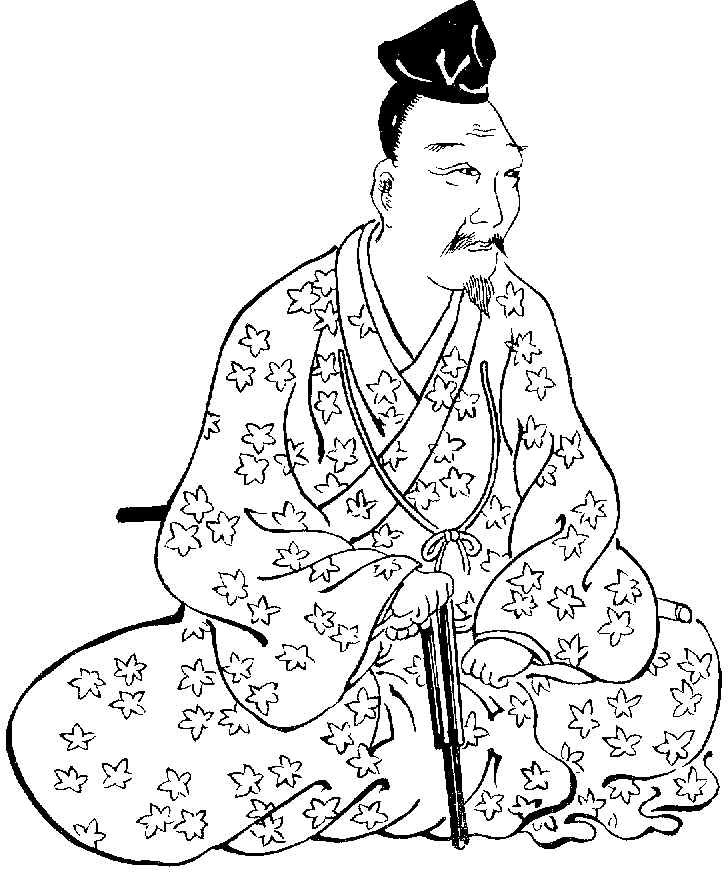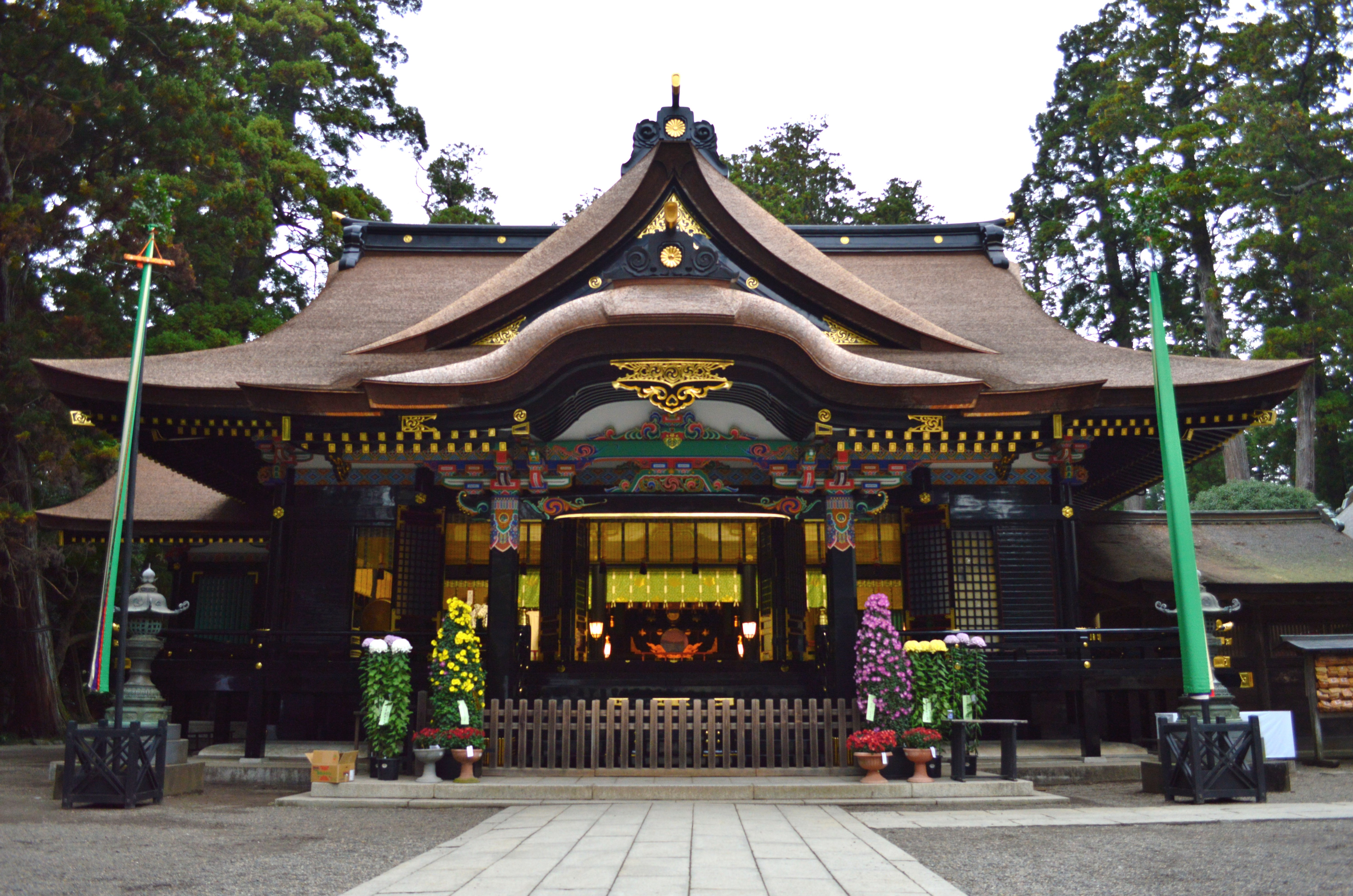
Tenshin shodan katori shinto ryu school established on 1447 by Iizasa Chōisai Ienao (Choisai-sensei), in the city of Katori in Chiba Prefecture, Japan.
Iizasa Ienao (飯篠 長威斎 家直 Iizasa Chōi-sai Ienao, c.1387 – c.1488) was a respected spearman and swordsman who served the Chiba family in what is today Chiba Prefecture
When his hometown was destroyed he began wandering the land until he settled down near the Katori Shrine and dedicatdd 1000 days to parctice martial-arts and meditate.
Legend says that the deity of the shrine, Futsunushi (経津), appeared to him in a dream and handed down the secrets of martial strategy in a scroll named Mokuroku Heiho no Shinsho. He called his swordsmanship style derived from this miraculous dream the Tenshin Shōden Katori Shintō-ryū, the "Heavenly True, Correctly Transmitted Style of the Way of the God of Katori".
Tenshin Shōden Katori Shintō-ryū is the source tradition of many Japanese martial arts, and on 1960 became the first matrial school to receive a "Intangible Cultural Asset" designation given to a martial art by the Japanese government. The school claims to have never aligned itself with any estate or faction, no matter what stipend was offered. This allowed the ryū to maintain its independence and integrity. Tenshin Shōden Katori Shintō-ryū was popularised in the west by the extensive research and writings of late Donn F. Draeger (1922–1982).
The uniqueness of Iizasa's Tenshin Shōden Katori Shintō-ryū is still evident today, in the particular aspects of weapon-wielding, posture, stance, and foot and body movements which make allowance for the fact that the bushi (classical samurai warriors) of his era would be wearing 'yoroi' (armour) weighing around 35 kg, and fighting on uneven terrain. These factors tend to keep the wearer's feet firmly and flat on the ground, and slow down mobility considerably. The distinctive techniques and tactics of this ryū also acknowledge the design of classical Japanese armour, which, although protecting the wearer well, had many 'suki' (openings). The main attacking areas included: under the wrists; inside and behind the legs; the hip area; the space between the 'kabuto' (helmet) and 'dō' (chest protector) where the neck arteries and veins could be easily severed.
School curriculum covers the following subjects:
- Tachijutsu - Sword fighting
- Bōjutsu - Staff fighting
- Naginatajutsu - Glaive fighting. A traditional Japanese weapon consisting of a sword blade fixed ontopn of a long staff
- Sōjutsu - Spear fighting
- Shurikenjutsu - Spike-throwing
- Jujutsu - close, unarmed combat
